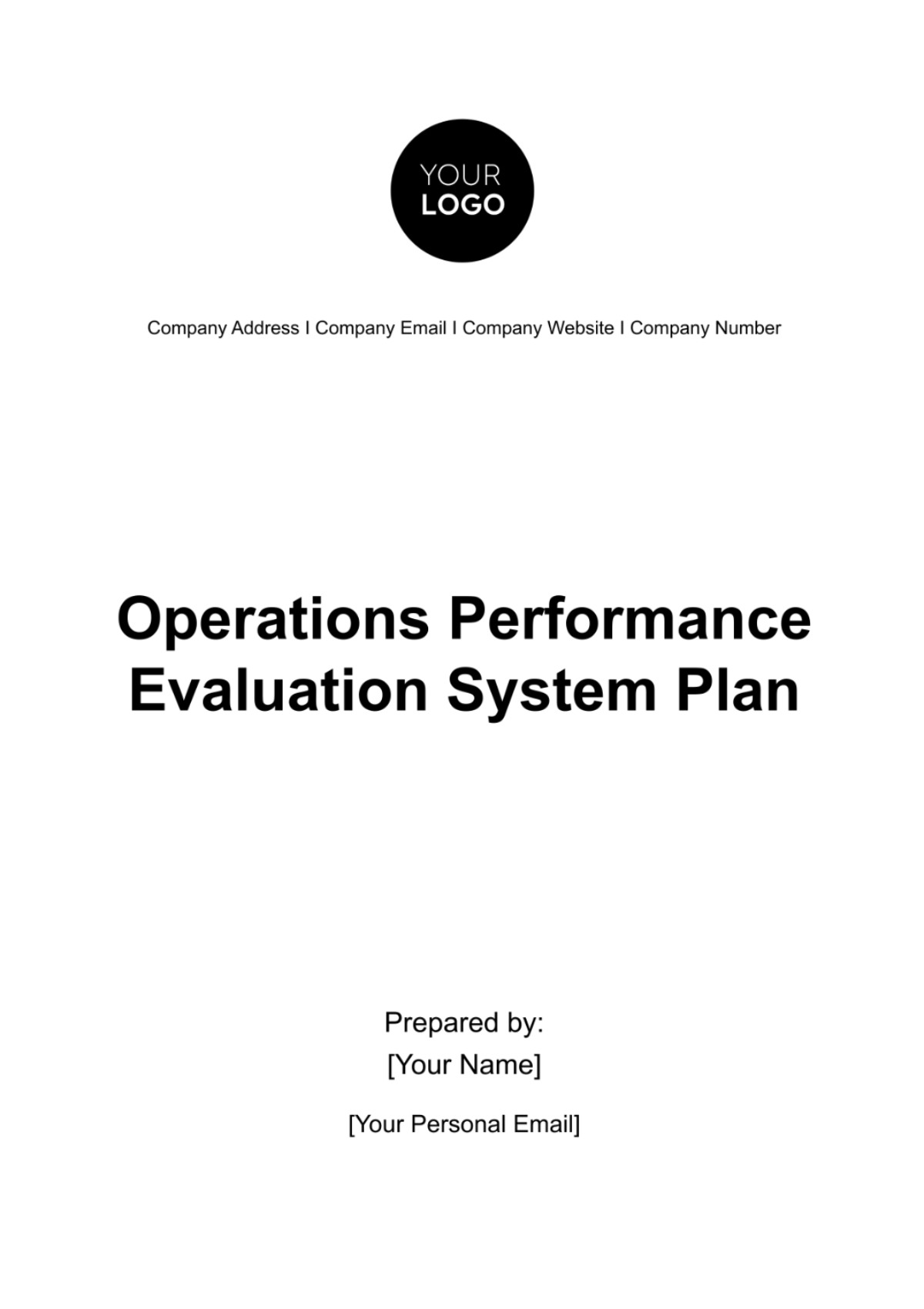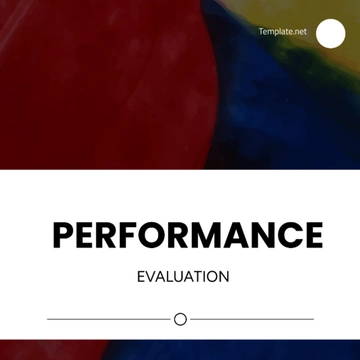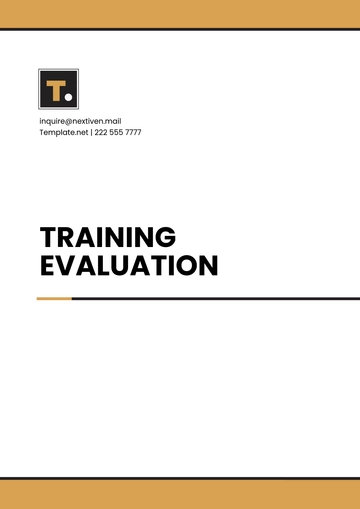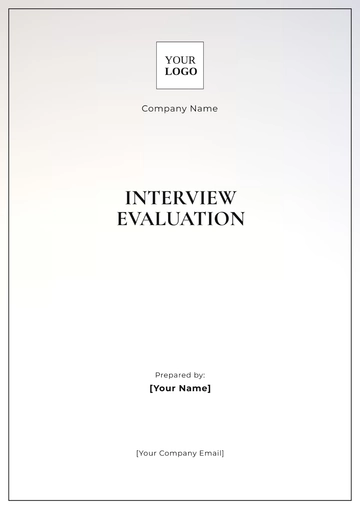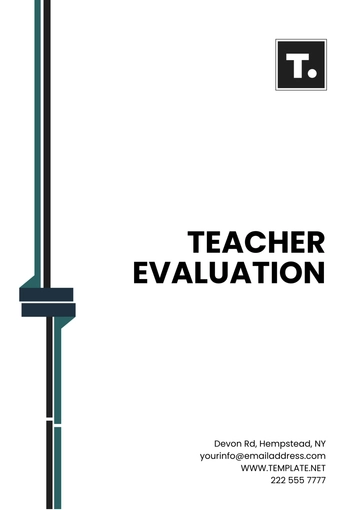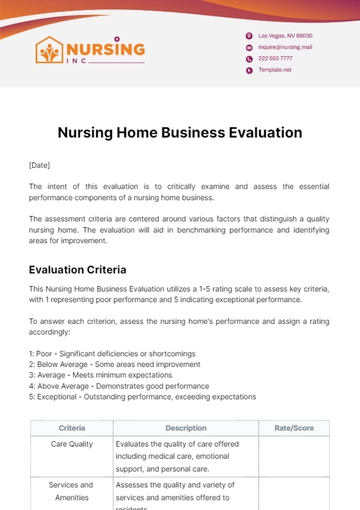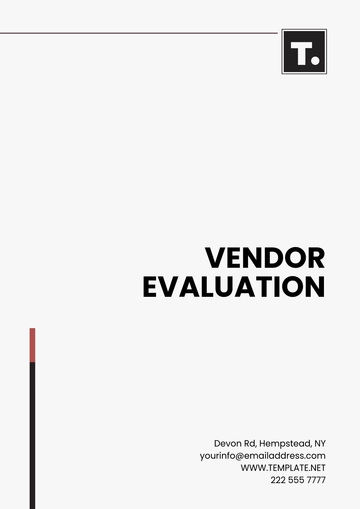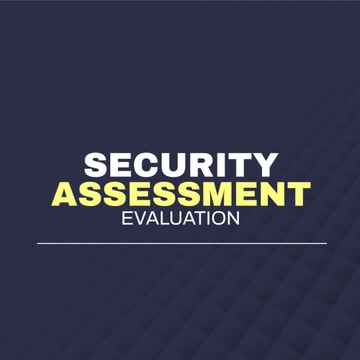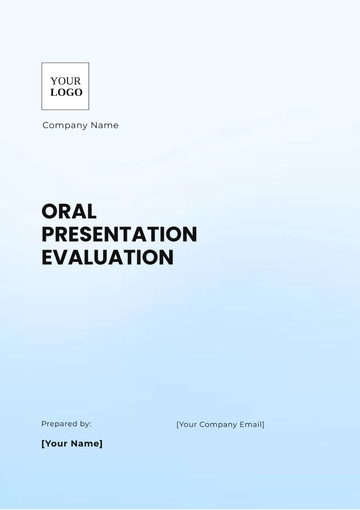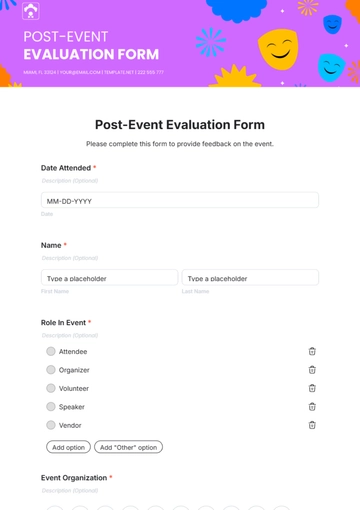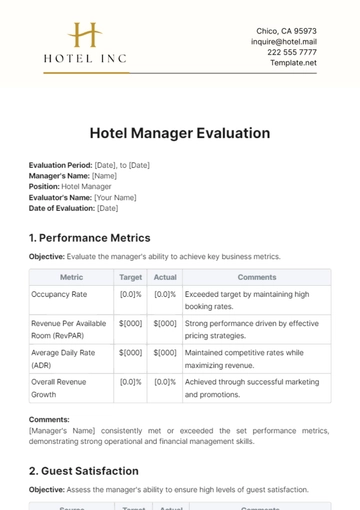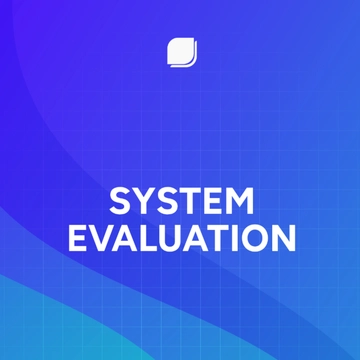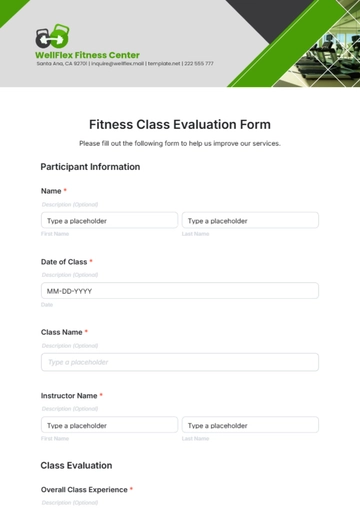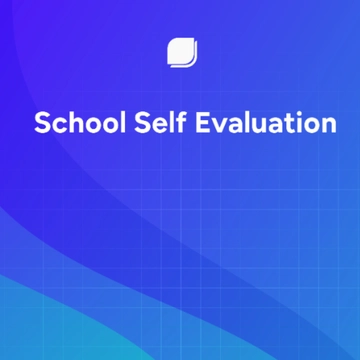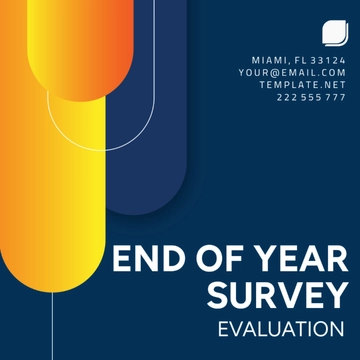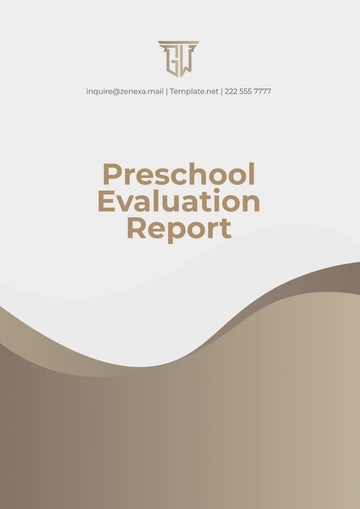Operations Performance Evaluation System Plan
Prepared By: | [Your Name] |
Company: | [Your Company Name] |
Date: | [Date] |
Introduction
The Operations Performance Evaluation System Plan serves as a comprehensive framework for evaluating the effectiveness and efficiency of an organization’s operational processes. It provides a structured approach for monitoring key performance indicators (KPIs), identifying areas for improvement, and ensuring alignment with the strategic goals of the business. This plan is essential for tracking operational performance, driving continuous improvement, and optimizing resource utilization.
Objectives
The primary objectives of the Operations Performance Evaluation System Plan are as follows:
Measure operational efficiency: Assess the effectiveness of internal processes, resources, and activities.
Identify areas for improvement: Pinpoint weaknesses or inefficiencies in operations that need to be addressed.
Ensure quality standards: Monitor and improve the consistency and quality of products or services.
Enhance resource allocation: Optimize the use of personnel, technology, and materials.
Achieve strategic alignment: Ensure operational activities align with the organization’s overall business strategy and goals.
Scope
This plan covers all key operational areas, including but not limited to:
Production and Manufacturing: Efficiency of production lines, equipment usage, and product quality.
Supply Chain and Logistics: Evaluation of inventory management, delivery timelines, and supplier relationships.
Customer Service: Assessment of service response times, issue resolution, and customer satisfaction.
Human Resources: Efficiency of staffing, training programs, and employee performance.
Technology and Systems: Assessment of IT infrastructure, software tools, and system integration.
Key Performance Indicators (KPIs)
To evaluate operational performance, the following KPIs will be monitored and tracked:
1. Production Efficiency
Cycle Time: Time taken to complete a product from start to finish.
Equipment Utilization Rate: Percentage of time machinery and equipment are in use.
Downtime: Amount of time that production is halted due to equipment failure or maintenance.
2. Supply Chain Efficiency
Inventory Turnover Ratio: How often inventory is sold and replaced over a period.
On-Time Delivery Rate: Percentage of orders delivered on time to customers.
Supplier Performance: Evaluation of suppliers based on quality, cost, and delivery times.
3. Customer Satisfaction
Net Promoter Score (NPS): Measure of customer satisfaction and loyalty.
Customer Complaint Resolution Time: Average time taken to resolve customer complaints or issues.
Customer Retention Rate: Percentage of repeat customers over a specific period.
4. Employee Performance
Employee Productivity: Output per employee, measured by specific performance metrics.
Training Effectiveness: Impact of employee training programs on operational performance.
Absenteeism Rate: Rate of employee absenteeism impacting operational efficiency.
5. Financial Performance
Cost per Unit: The cost incurred to produce each unit of product.
Profit Margin: The percentage of profit relative to total revenue from operations.
Return on Investment (ROI): Financial return generated from investments in operations.
Methodology
The methodology for evaluating operational performance will involve the following steps:
1. Data Collection
Use of software tools and systems to capture real-time operational data, including production metrics, inventory levels, and financial data.
Surveys and feedback forms to collect customer satisfaction data.
Employee performance reviews and operational audits to gather internal insights.
2. Data Analysis
Utilize data analytics tools to process and analyze collected data, identifying trends, patterns, and areas for improvement.
Perform root cause analysis for any underperformance or inefficiencies detected.
3. Reporting and Review
Monthly and quarterly reports will be generated, summarizing key performance data, trends, and areas requiring action.
Regular performance review meetings will be held with senior leadership to discuss findings and adjust strategies as needed.
4. Continuous Improvement
Develop and implement corrective actions for any performance gaps.
Set new performance goals and benchmarks for continuous improvement in operational areas.
Regularly update the performance evaluation system to reflect changes in the business environment and operational priorities.
Roles and Responsibilities
Operations Managers: Responsible for overseeing the evaluation system, ensuring data is collected accurately, and coordinating performance reviews.
Senior Leadership: Review performance reports, make strategic decisions based on the evaluation results, and ensure alignment with business goals.
Quality Assurance Team: Ensure that quality standards are being met and identify areas where product or service quality can be improved.
Human Resources: Track employee performance, identify training needs, and manage workforce-related operational factors.
IT Department: Support the evaluation system by maintaining the necessary software and data analytics tools.
Implementation Timeline
The Operations Performance Evaluation System will be implemented in the following phases:
Phase | Description | Timeline |
|---|
Phase 1: Initial Setup | Define KPIs, select tools, and set up data collection systems. Establish baseline performance data. | Month 1–2 |
Phase 2: Implementation | Begin regular data collection, analysis, and reporting. Conduct the first round of performance reviews. | Month 3–6 |
Phase 3: Evaluation & Adjustment | Analyze performance trends and adjust strategies. Introduce new initiatives for continuous improvement. | Month 6–12 |
Phase 4: Ongoing Monitoring | Continue performance evaluation cycles with regular reviews and updates. | Post-Month 12 |
Conclusion
The Operations Performance Evaluation System Plan is a crucial tool for organizations seeking to optimize their operational performance. By focusing on key metrics, using data-driven analysis, and committing to continuous improvement, organizations can ensure that their operations align with business goals, meet quality standards, and deliver value to customers. This plan fosters transparency, accountability, and ongoing operational excellence across all areas of the business.
Plan Templates @ Template.net
